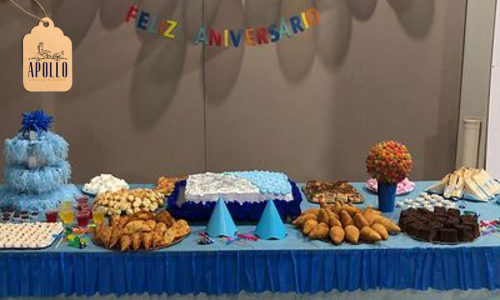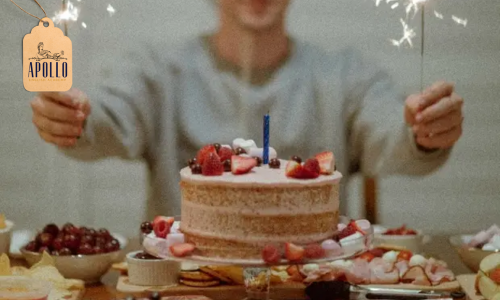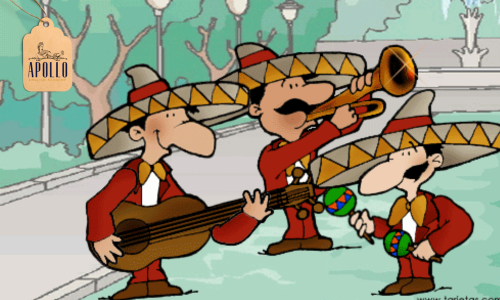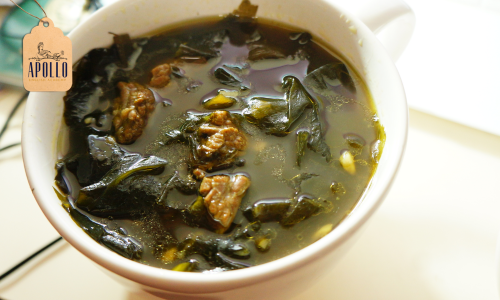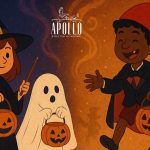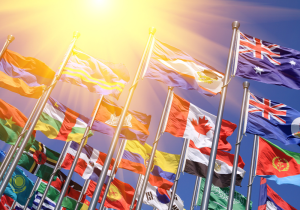Introdução
Sabe aquela música que, não importa onde você esteja ou a idade que tenha, você sempre vai reconhecer? Sim, estamos falando de “Happy Birthday to You”! Aquela melodia que gruda na cabeça e é a trilha sonora oficial de todas as festas. Originalmente, lá no final do século 19, ela era “Good Morning to All”, mas evoluiu para o hino de aniversário que o mundo todo canta hoje. E não é pra menos: ela é tão famosa que até entrou para o Guinness World Records como a música mais reconhecida do planeta! Mas, peraí… o que essa canção tão simples tem a ver com o seu inglês? Prepare-se, porque a resposta é: TUDO!
📖 Aqui você encontra…
clique para verNível: B1
Objetivo: Explorar a história e o impacto cultural da canção “Happy Birthday to You” e das celebrações de aniversário ao redor do mundo, conectando-as à prática do inglês através de vocabulário e expressões comuns, além de promover a compreensão cultural.
Tópicos gramaticais abordados nesse texto:
- Present Simple: Para descrever fatos gerais e tradições globais (“It’s not just a song — it’s a global tradition”, “In Brazil, we clap our hands”).
- Past Simple: Para narrar a origem e a evolução da música e das tradições de aniversário (“Originally written in the late 19th century”, “birthdays weren’t always about cake and candles”).
- Comparatives and Superlatives: Para comparar diferentes costumes (“the most recognized song”, “varies a lot”).
- Vocabulary for Celebrations & Traditions: Termos como celebration, clapping hands, candle blowout, serenade, milestone, wishes.
- Expressões Idiomáticas e Frases Comuns: “Make a wish!”, “Blow out the candles!”, “How old are you turning?”, “Wishing you all the best!”.
- Conectivos de Comparação e Contraste: Para destacar as diferenças culturais (“For example:”, “But while the melody is familiar…”).
If there’s one song that everyone knows, from toddlers to grandparents, from Brazil to South Korea, it’s “Happy Birthday to You.”
Escute aqui a transcrição:
Easy
Advanced
The Universal Melody: How “Happy Birthday” Connects Us All
What makes “Happy Birthday” so powerful isn’t just the catchy tune or the simple words, it’s the profound fact that it’s a shared global experience. From bustling cities to quiet villages, billions of people participate in this musical ritual, making it one of the most widely recognized songs on Earth. While the core melody resonates across continents, the way we celebrate the passage of another year varies dramatically, offering a fascinating glimpse into diverse cultural practices.
A World of Birthday Traditions: Beyond Cake and Candles
The “Happy Birthday” song acts as a universal starting point, but the celebrations that follow are rich with unique customs and expressions.
-
Brazil:
A Rhythmic Explosion of Joy In Brazil, “Parabéns pra você!” isn’t just sung; it’s performed. As the song progresses, the clapping often escalates, transforming into a vibrant, rhythmic accompaniment that can feel like a performance in itself. It’s a loud, joyful, and incredibly energetic affair, frequently followed by spirited follow-up songs like “Com quem será?” (With whom will it be?), playfully guessing the birthday person’s future spouse, or the infectious chant “É pique! É pique! É hora! É hora! É hora! Rá-tim-bum!” This adds layers of fun and tradition, making Brazilian birthday celebrations truly unforgettable.
-
United States:
The Quiet Anticipation In stark contrast, American birthday renditions are typically more subdued. The lights are often dimmed as the cake, adorned with glowing candles, makes its grand entrance. While everyone joins in the singing, clapping during the song is uncommon. Instead, there’s a collective sense of quiet anticipation, often punctuated by awkward smiles and off-key harmonies, all building up to the climactic moment of the candle blowout and the wish.
-
Mexico:
Mexican birthdays are infused with deep tradition, often featuring “Las Mañanitas.” This isn’t just a song! It’s a beautiful, often emotional serenade, sometimes performed by professional mariachis. It’s a heartfelt tribute to the birthday person, sung typically in the early morning, setting a respectful tone for the day’s festivities.
-
South Korea:
Birthday traditions often begin intimately at home. A key ritual involves the birthday person consuming miyeok-guk (seaweed soup). This isn’t just food, it’s a powerful symbol of the mother’s care and the day of birth, traditionally consumed by mothers after childbirth. Eating it on one’s birthday is a way to honor one’s mother and express gratitude for life itself.
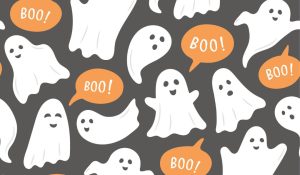
The Evolution of Birthdays: From Ancient Rituals to Joyful Celebrations
It’s fascinating to consider that birthdays weren’t always synonymous with festive cakes and glowing candles. In ancient times, the recognition of birthdays was largely reserved for kings and pharaohs, and even then, it wasn’t always a cause for celebration. The ancient Greeks, for example, held the belief that malevolent spirits would visit individuals on their birthdays. To ward off this evil, people would gather with friends, create noise, and light candles. This served as a protective measure, illustrating a surprisingly “spooky” origin for some of our cherished traditions.
Over centuries, the significance of birthdays gradually evolved, becoming more personal and joyful. Candles, once a ward against evil, transformed into symbols of wishes and aspirations. Cakes, initially simple offerings, became elaborate symbols of abundance and good fortune. And music, transcending language barriers, emerged as the universal glue that binds these diverse traditions together, fostering a sense of unity and shared happiness.
Language Learning Through Celebration: Birthdays as a Practical Tool
Beyond their cultural significance, Celebrating birthdays is also a fun opportunity to learn useful expressions in English. Phrases like:
- “Make a wish!” – A moment of hope and anticipation.
- “Blow out the candles!” – The climactic action of the cake ceremony.
- “How old are you turning?” – A direct and common question.
- “Wishing you all the best!” – A warm expression of good wishes.c
- “Let’s sing Happy Birthday!” – An invitation to join the celebration.
These everyday expressions pop up all the time and are easy to practice in a party setting. Plus, talking about birthdays opens space for learning numbers, dates, months, feelings, and traditions in English, all in one conversation.
Culture Meets Language: A Deeper Understanding
When you take the time to understand the nuances of how birthdays are celebrated around the world, you’re not just expanding your vocabulary; you’re gaining invaluable insights into global cultures. This cultural understanding is one of the most powerful tools for achieving true fluency in any language. It allows you to connect with people on a deeper level, appreciate their customs, and navigate social situations with greater confidence and respect.
Whether you’re thoughtfully blowing out candles in a dimly lit room, clapping enthusiastically in a vibrant Brazilian gathering, or being serenaded by a mariachi band, you’re participating in a truly global moment. This shared human experience, expressed in hundreds of different ways, is indeed worth celebrating – and learning from.
🎉 Ready to Celebrate Your English Progress?
Na Apollo Academy, cada nova palavra aprendida é uma pequena comemoração. 🎈
Quer aprender inglês de um jeito leve, divertido e conectado com o mundo real?
Fale com a gente e agende sua aula!
Porque todo dia é um bom dia para cantar parabéns ao seu próprio progresso. 🚀
It’s your birthday! Time to find out…
What Kind of Happy Birthday Are You? 🎂🎉
Are you a loud, joyful celebration or a sweet, heartfelt moment? Discover your true birthday spirit with this fun quiz!
How do you start your birthday morning?

What's the best part of the birthday song for you?

How do you feel about follow-up birthday chants and songs?

What's your ideal birthday atmosphere?

What’s your reaction when the birthday cake arrives?

What's most important to you on your birthday?

